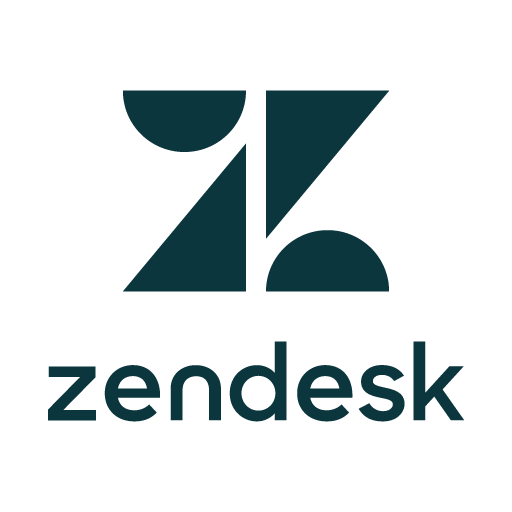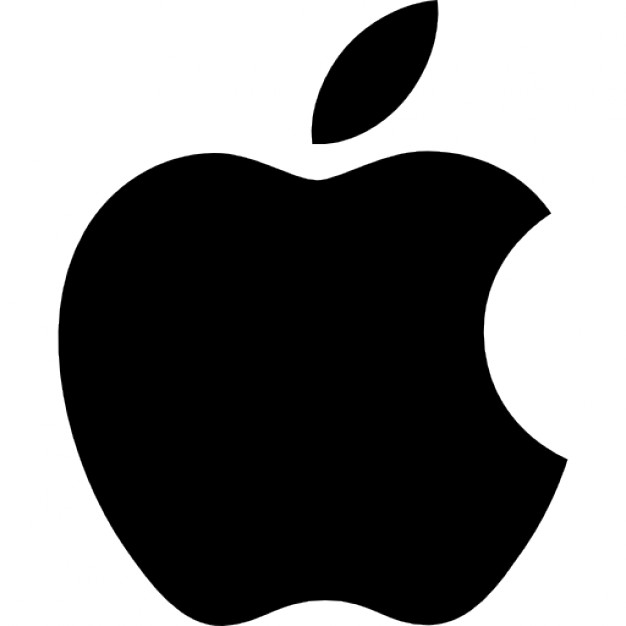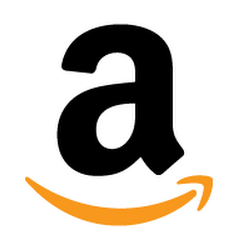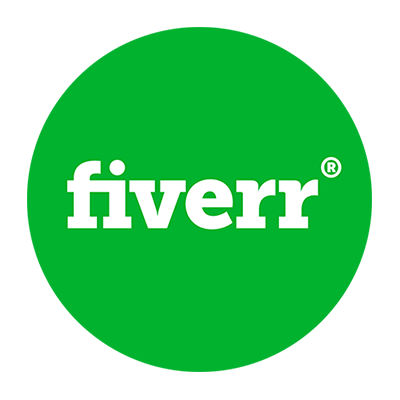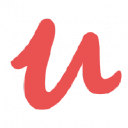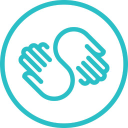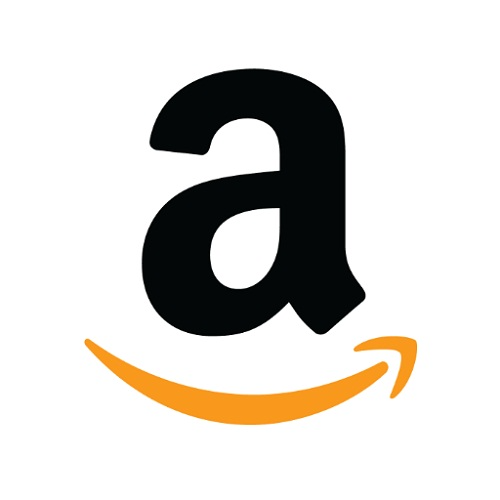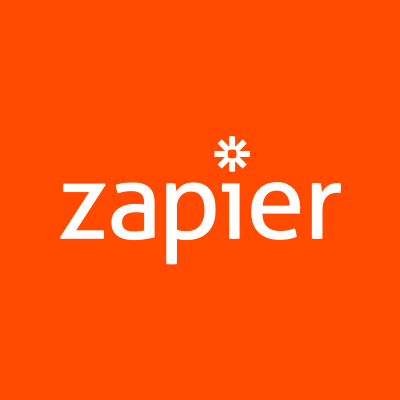How I Launched A Side Hustle Accelerator As A 20-Something Year Old
Hello everyone, my name is Sarvesh and I am the founder of Launchpilot. Launchpilot is an accelerator to build sustainable side hustles where we curate unique expert-led programs, with a core focus on implementing these ventures.
Think of us as an e-learning platform, but instead of teaching you boring web development and marketing courses that you use in your mundane 9-5 job, we teach you different ways to leverage your passion and existing skill sets to implement side hustles and make money by being your boss.
Also, we just don’t bombard you with information that is available elsewhere, rather we help you learn and implement stuff through our live & 1:1 mentoring sessions, having partnered with global side hustle experts.
Our mission is simple - build more self-sustaining entrepreneurs, but we understand that not everyone has the luxury of leaving their jobs to flirt with the risk of starting up. A lot of people need a stable source of income, and hence our programs allow them to fulfill their entrepreneurial ventures by implementing these side hustles through end-to-end expert guidance, and then taking a call.
We have just started, but we have helped over 500+ side hustlers launch their ventures, hitting projected...

Download the report and join our email newsletter packed with business ideas and money-making opportunities, backed by real-life case studies.

Download the report and join our email newsletter packed with business ideas and money-making opportunities, backed by real-life case studies.

Download the report and join our email newsletter packed with business ideas and money-making opportunities, backed by real-life case studies.

Download the report and join our email newsletter packed with business ideas and money-making opportunities, backed by real-life case studies.

Download the report and join our email newsletter packed with business ideas and money-making opportunities, backed by real-life case studies.

Download the report and join our email newsletter packed with business ideas and money-making opportunities, backed by real-life case studies.

Download the report and join our email newsletter packed with business ideas and money-making opportunities, backed by real-life case studies.

Download the report and join our email newsletter packed with business ideas and money-making opportunities, backed by real-life case studies.



